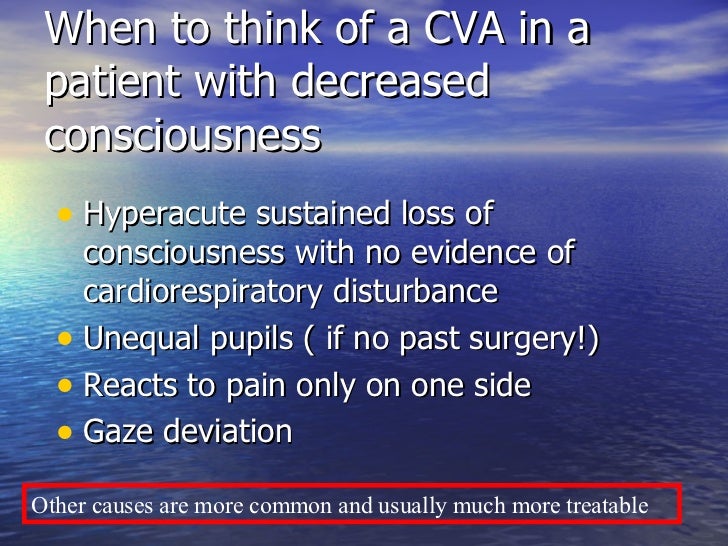

Unequal pupil sizes and/or abnormal eye reflexes.Not using the legs normally (sometimes on one side of the body).Possible signs of a stroke in cats include: Whatever type of stroke a cat has, the symptoms that develop are determined by how much brain tissue is affected, how severely it is affected, and where in the brain it is located. This can be caused by parasite migration (Cuterebra), migration of cancer cells to the brain, high blood pressure (hypertension) secondary to hyperthyroidism, heart disease, or chronic kidney disease. Therefore an ischemic stroke results from a blockage of blood flow to the brain. Ischemic stroke – Ischemia is a term that means there is an inadequate blood supply to a part of the body or organ.This can be caused by bleeding from toxins such as rat poison, vascular abnormalities, and secondary to brain tumors, high blood pressure (hypertension), inflammatory disease of the blood vessels (vasculitis). Hemorrhagic stroke – This type of stroke results from hemorrhage (bleeding) into or around the brain.If the symptoms persist for fewer 24 hours, the event is categorized as a transient ischemic attack or “TIA”. If the symptoms persist for over 24 hours, the condition is categorized as a stroke. Neurologic symptoms develop that can be temporary or permanent. It was once thought to be very uncommon in cats and dogs but is now known to occur.Ī stroke is caused by the disruption of blood supply to the brain that results in failure of nerve impulses to be transmitted from the brain to the rest of the body.

Partial anhidrosis involving only the medial aspect of the forehead ipsilateral side of the nose is associated with a lesion distal to the carotid bulb.A “stroke” is a term commonly applied to people who have suffered a cerebrovascular accident, commonly abbreviated as CVA, caused by cerebrovascular disease. Anhidrosis of the entire face is often associated with a lesion at the level of the carotid artery. The pattern of anihidrosis may help identify the lesion.


When light reaches a pupil there should be a normal direct and consensual response.Īn RAPD is diagnosed by observing paradoxical dilatation when light is directly shone in the affected pupil after being shown in the healthy pupild to be from a pathologic process Swing a light back and forth in front of the two pupils and compare the reaction to stimulation in both eyes. The swinging flashlight test is helpful in separating these two etiologies as only patients with optic nerve damage will have a positive RAPD. However, it will constrict if light is shone in the other eye (consensual response). If an optic nerve lesion is present the affected pupil will not constrict to light when light is shone in the that pupil during the swinging flashlight test. It is important to be able to differentiate whether a patient is complaining of decreased vision from an ocular problem such as cataract or from a defect of the optic nerve. It is due to damage inoptic nerve or severe retinal disease. Relative Afferent Pupillary Defect (RAPD, Marcus Gunn Pupil)Īn RAPD is a defect in the direct response. They synapse at the superior cervical ganglion where third-order neurons travel through the carotid plexus and enter into the orbit through the first division of the trigeminal nerve. Post synaptic neurons travel down all the way through the brain stem and finally exit through the cervical sympathetic chain and the superior cervical ganglion. Sympathetic innervation begins at the cortex with the first synapse at the cilliospinal center (also known as Budge's center after German physiologist Julius Ludwig Budge). Dilation is controlled by the dilator pupillae, a group of muscles in the peripheral 2/3 of the iris. Sympathetic innervation leads to pupillary dilation. The fibers enter the orbit with CNIII nerve fibers and ultimately synapse at the cilliary ganglion. The pathway of pupillary constriction begins at the Edinger-Westphal nucleus near the occulomotor nerve nucleus. The fibers of the sphincter pupillae encompass the pupil. A circular muscle called the sphincter pupillae accomplishes this task. Parasympathetic innervation leads to pupillary constriction. The physiology behind a "normal" pupillary constriction is a balance between the sympathetic and parasympathetic nervous systems.


 0 kommentar(er)
0 kommentar(er)
